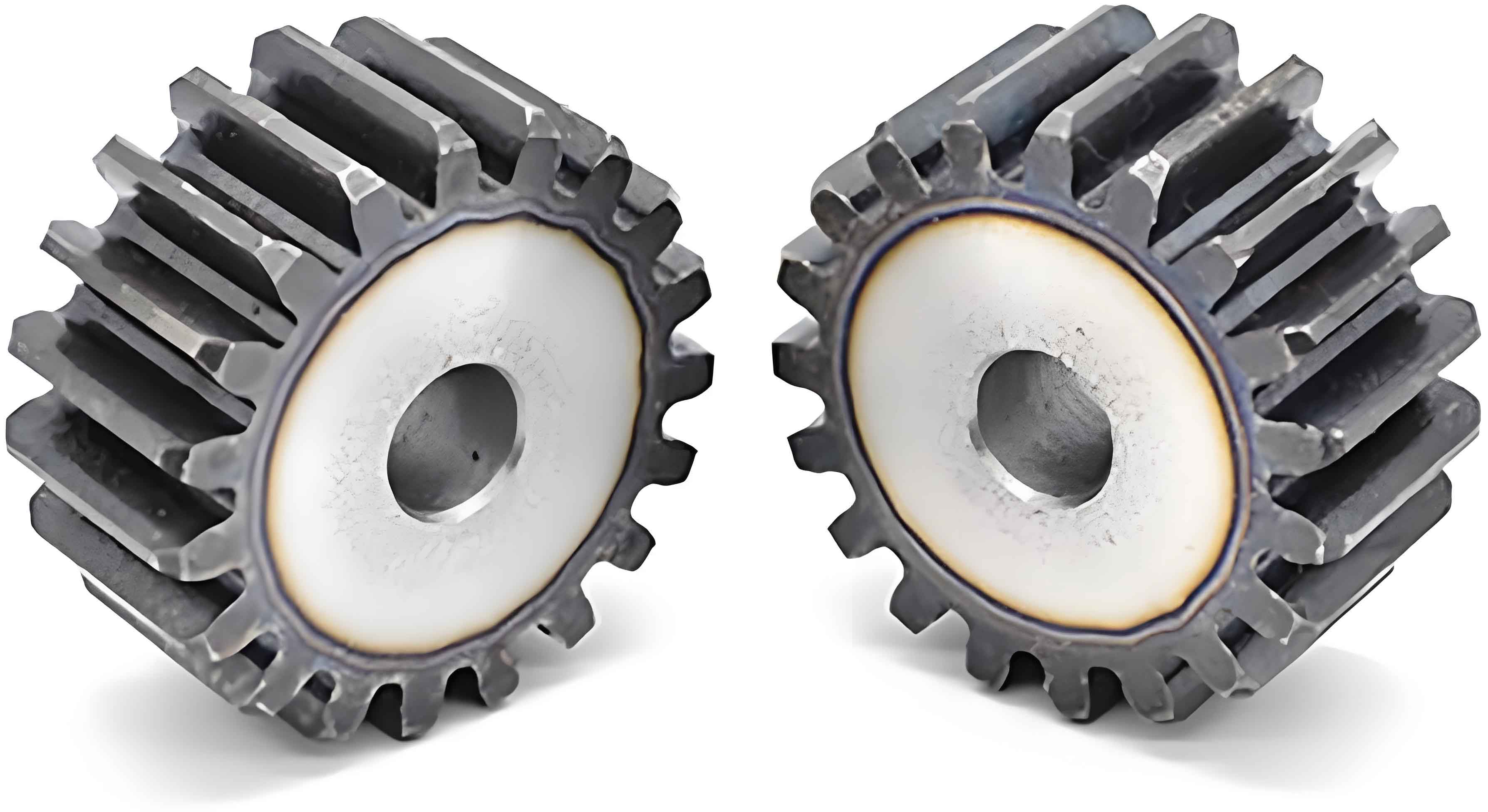Abstract: The instantaneous characteristics of a driven gear tooth back profile pushing an active gear tooth back profile. Based on gear meshing principles and a dissipative collision contact force model, tooth surface meshing and tooth back collision models are established, with a collision restoration coefficient introduced to describe the energy loss during tooth back collisions. According to the contact state and force environment of the gear pair, the multi-state meshing-impact behaviors under local tooth fracture are classified. The variations in time-varying mesh stiffness and time-varying load distribution coefficients under local tooth fracture conditions are discussed, and a meshing-impact dynamics model for involute spur gear systems with local tooth fracture is established. The variable step-size fourth-order Runge-Kutta method is used to numerically solve the dynamic equations. Bifurcation diagrams, phase diagrams, Poincaré section maps, time history plots, and frequency spectrum plots are utilized to analyze the nonlinear vibration characteristics of spur gear systems with varying degrees of local tooth fracture faults. The study reveals that the meshing-impact behavior of the gear system evolves with changes in the meshing frequency under different degrees of local tooth fracture on the driving gear. This paper explores the dynamic model and nonlinear vibration mechanism of gear systems considering energy dissipation when the driving gear has local tooth fracture faults. A reasonable parameter range can avoid tooth back collisions in the system. This research provides a non-smooth system dynamics model, and the analysis results offer theoretical support for the detection and repair of local tooth fracture faults.

1. Introduction
In mechanical transmission systems, spur gears play a crucial role. However, due to various factors such as load fluctuations, manufacturing errors, and material fatigue, local tooth fractures may occur, affecting the stable operation of the gear system. This paper aims to analyze the nonlinear dynamic characteristics of spur gear systems with varying degrees of local tooth fracture faults, providing a theoretical basis for fault detection and maintenance.
2. Methodology
2.1 Modeling of Spur Gear Systems
Based on gear meshing principles and considering the instantaneous characteristics of tooth back collisions, tooth surface meshing and tooth back collision models are established. The collision restoration coefficient is introduced to describe the energy loss during tooth back collisions.
| Model Component | Description |
|---|---|
| Tooth Surface Meshing | Models the contact and force transmission between engaging teeth |
| Tooth Back Collision | Models the collision between tooth backs when they come into contact |
| Collision Restoration Coefficient | Describes the energy loss during tooth back collisions |
2.2 Classification of Meshing-Impact Behaviors
According to the contact state and force environment of the gear pair, the multi-state meshing-impact behaviors under local tooth fracture are classified, including normal meshing, tooth back collision, and simultaneous meshing and collision.
| Behavior Type | Description |
|---|---|
| Normal Meshing | Engaging teeth transmit force normally |
| Tooth Back Collision | Tooth backs collide due to local tooth fracture |
| Simultaneous Meshing and Collision | Both normal meshing and tooth back collision occur simultaneously |
2.3 Dynamics Model
Considering the time-varying mesh stiffness and time-varying load distribution coefficients under local tooth fracture conditions, a dynamic model for spur gear systems is established.
Mathematical Model:
<img src=”https://example.com/dynamics_model_equation.png” />
(Note: The above image is a placeholder. The actual equation would be represented as a mathematical formula.)
3. Analysis and Results
The variable step-size fourth-order Runge-Kutta method is used to numerically solve the dynamic equations. Various analysis tools, such as bifurcation diagrams, phase diagrams, Poincaré section maps, time history plots, and frequency spectrum plots, are employed to analyze the nonlinear vibration characteristics.
| Analysis Tool | Purpose |
|---|---|
| Bifurcation Diagram | Visualizes the evolution of dynamic behavior with parameter changes |
| Phase Diagram | Displays the trajectory of the system in state space |
| Poincaré Section Map | Identifies periodic and chaotic behaviors |
| Time History Plot | Shows the system’s response over time |
| Frequency Spectrum Plot | Reveals the frequency components of the system’s vibration |
The study reveals that the meshing-impact behavior of the gear system evolves with changes in the meshing frequency under different degrees of local tooth fracture on the driving gear.
4. Conclusion
This paper provides a non-smooth system dynamics model for spur gear systems with local tooth fracture faults. The analysis results offer theoretical support for fault detection and maintenance. By understanding the nonlinear vibration characteristics, appropriate measures can be taken to ensure the stable operation of gear systems.
